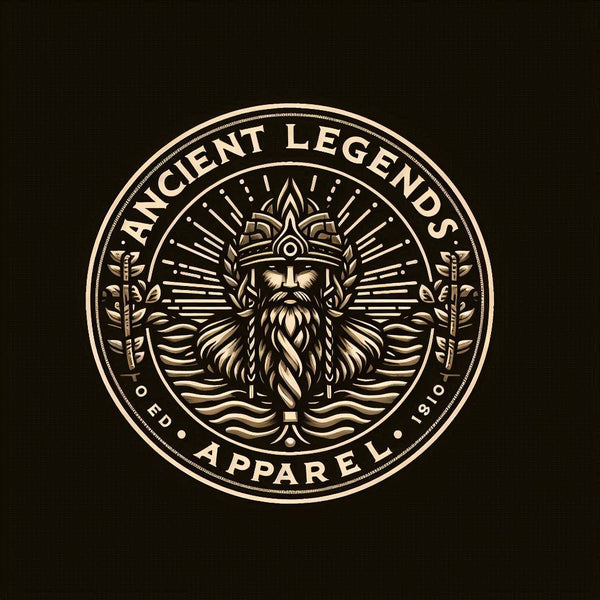Legendary Battles and Heroes from Legendary Queens
Karl FShare
INTRODUCTION
The fabric of human history is interwoven with tales of legendary battles and extraordinary heroes. Yet, our fascination often leans towards the rowdy warriors and mighty kings, overlooking the untapped reservoir of wisdom and bravery that the legendary queens offer. These women wielded their power, intelligence, and wit to guide their kingdoms, willing to go to war to protect their realms and their subjects. Their narratives encapsulate the spirit of cultural resilience, and their legacies continue to inspire. This narrative aims at exploring these legendary women and their contributions to the epic sagas that have shaped civilizations.
ORIGIN AND CULTURAL CONTEXT
The annals of ancient history and mythology are filled with powerhouse queens who held the reins of power, commanded armies, and led with fierce determination and strategic brilliance. Their supernatural origins and their dynamic cultural context provided a backbone for their heroic archetype. Many originate from Greek, Norse, Celtic, or Hindu mythology; revered as divine figures, these queens capitalized on their cultural influence to cement their position in history and folklore. Borrowing heavily from religious texts, folk tales, and archaeological findings, we delve into their lives bound by erstwhile social norms, yet defiant in the face of adversity.
THE LEGEND OR STORY
In ancient Celtic legend, we find the tale of Queen Boudicca, the warrior queen of the British Iceni tribe who spearheaded an uprising against the oppressors, the Romans. Renowned for her fiery red hair and standing towering in her war-chariot, Boudicca's story is welded in vivid harmony with fierce willpower and military strategy.
Nor is the grandeur of women in battle restricted to Western lore alone. Indian mythology reveres the legendary Queen Durga, an amalgamation of divine feminine power and supreme warrior skills. Durga, often depicted riding a lion, embodies the spirit of protection against evil and injustice.
In Egyptian mythology, Queen Cleopatra's name famously resonates across time. Known for her charm, Cleopatra was also a strategic military leader, navigating the tumultuous dynamics of power during her rule over Egypt.
In Norse mythology, Freyja stands out as a warrior queen. A goddess of love and war, she preferred to reward the valorous dead, indicating the queen's judicial wisdom and representing a cherished moral promise for Viking fighters.
INTERPRETATIONS AND SYMBOLISM
These legendary queens embody various interpretations and bear significant transformative symbols in their respective cultures. Queen Boudicca's retaliatory stance against Roman occupation symbolized the struggle for freedom and justice, and her fiery chariot often symbolizes assertive feminine power and determination.
Durga represents the collective power of all male gods, as interpreted in Hindu mythology. She symbolizes the ultimate form of determination, strength, and divinity, holding weapons in her ten hands representing the mission she was bestowed to end the tyrannical reign of the buffalo demon, Mahishasura.
Cleopatra, often symbolizing beauty and charm, was also the epitome of strategy and ambition, representative of the perilous journey through the politics of power. Freyja, similarly, is a powerful symbol of the duality of love and war, embodying the central tenets of Viking cultural and spiritual beliefs.
COMPARISONS IN OTHER CULTURES
In various cultures, these queens are adored and worshipped for their heroic acts, even earning their places as divine entities. Greek mythology parallels the warrior queens with Athena, the goddess of wisdom and battle strategy. Similar to Boudicca, Durga, and Freyja, she represents strength and female empowerment.
In Aztec culture, the goddess Itzpapalotl resonates with Durga's theme. She is a skeletal warrior goddess who symbolizes transformation and purification, paralleling the tale of the protection of good over evil.
Likewise, Cleopatra's strategic prowess can draw parallels with the legendary Chinese warrior Mulan, who was initially a commoner but rose to become an esteemed military commander, often discussed in the context of power dynamics and strategic brilliance.
MODERN REFERENCES AND POP CULTURE
Modern society and culture have absorbed these legendary stories and incorporated them into literature, films, television, and even the gaming industry. Boudicca's tale is reflected in Marvel’s superhero storylines, with characters like Black Widow, Captain Marvel, and Wanda Maximoff representing powerful and strategic female characters.
Hindu festivals celebrate Durga's victory over the buffalo demon, and her story continually evolves through animation and comic books. Cleopatra's tale continues to inspire and intrigue, influencing books and movies throughout the 20th and 21st centuries. Freyja's lasting legacy can be seen within the Marvel Thor franchise, which bears a character named Freyja representing a powerful goddess of war.
LEGACY AND LASTING MYSTERIES
The grand narratives of these warrior queens create a tapestry of admiration, intrigue, and mystery that continues to stimulate cultural and historical study. Despite their origins from diverse geographic and temporal contexts, they share common themes of audacity, power, and a fierce sense of protection for their people.
The lasting mysteries of their life stories and the true extents of their power continue to be points of exploration for scholars and enthusiasts alike. What fueled Boudicca’s courage to defy the mighty Roman Empire? How did Durga amalgamate the power of all male gods, embodying them into a singular female entity? What led Cleopatra to navigate her strategic alliances? Finally, how did Freyja balance her duality as a goddess of love and war?
Historians, archaeologists, and scholars continue to grapple with these questions, further testament to these legendary queens' multi-faceted identities and the enduring allure of their narratives within our collective consciousness. These warrior queens shaped the course of their realms and our world and deserve to be celebrated as an integral part of our shared human story.
